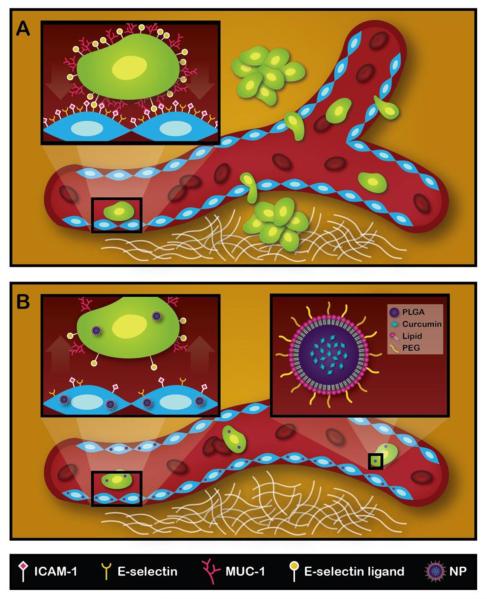Figure.1. Schematic representation of the metastatic process and mechanism of action for NANOCurc.
A. CTCs adhering to the vessel walls and migrating across the endothelium to form secondary tumor masses. In the inset, a tumor cell is specifically interacting with endothelial cells via membrane adhesion molecules. B. Following NANOCurc treatment, the expression of adhesion molecules on the CTCs (MUC-1) and inflamed endothelium (ICAM-1) is reduced thus limiting the number of metastasis. In the inset, NANOCurc is schematically presented including its PLGA core, encapsulating curcumin, and its surface coating, obtained by combining lipids and PEG chains.

